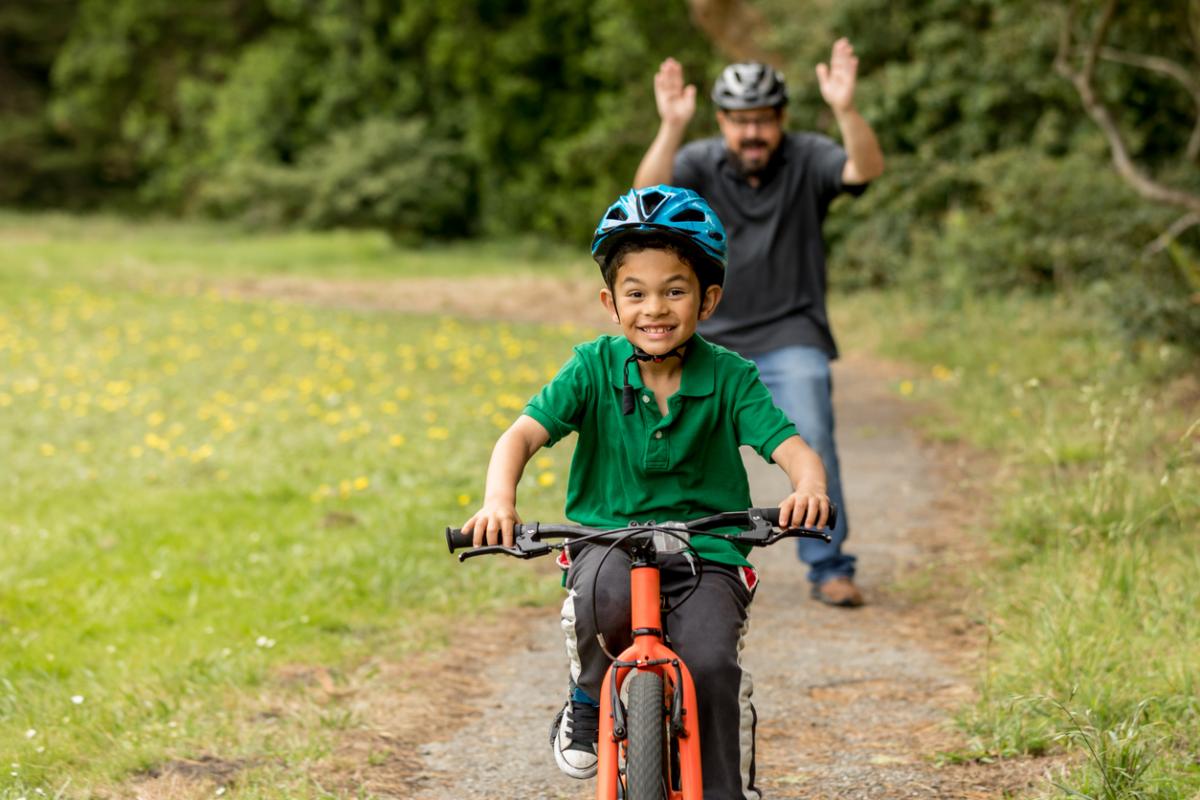Bike riding is an essential life skill that every child should learn at an early age. Not only is it a fun and healthy activity, but it also instills a sense of independence and confidence in children. However, teaching your child to ride a bike can be a daunting task for both parents and kids. In this blog post, we will discuss some effective strategies to help you teach your child how to ride a bike successfully.

- Start with the Right Bike
Choosing the right bike for your child is crucial for their learning experience. A bike with training wheels or a balance bike is ideal for beginners as they provide stability and support. Make sure the bike is the correct size for your child, with adjustable seats and handlebars that can be raised or lowered as needed.
- Prepare Your Child Mentally
Before starting the training process, it’s essential to prepare your child mentally. Talk to them about the benefits of bike riding, such as exercise, freedom, and fun. Encourage them to be patient and persistent, as learning to ride a bike takes time and practice. Assure them that falls and bumps are normal and part of the learning process.
- Find a Safe and Secluded Location
Choose a safe and secluded location for your child’s first bike lessons, such as a park or an empty parking lot. This will help minimize distractions and prevent accidents. Make sure the surface is even and free of obstacles, and always supervise your child during the training sessions.
- Start with Balance Practice
Teaching your child to balance on the bike is the first step in learning to ride. Place the bike on its side stand with the pedals level and the handlebars straight. Have your child sit on the seat with their feet flat on the ground, knees bent, and hands on the handlebars. Encourage them to lift their feet off the ground and maintain their balance while you support them from behind. Gradually increase the amount of time your child spends balancing on their own until they feel comfortable and confident.
- Introduce Pedaling
Once your child has mastered balance, it’s time to introduce pedaling. Place the bike on its stand with the pedals level and have your child sit on the seat with their feet on the pedals. Show them how to push down on the pedals to move forward and how to brake by applying pressure on the brake levers. Start with slow and short distances, gradually increasing speed and distance as your child becomes more comfortable.
- Practice Steering and Maneuvering
As your child becomes more proficient in pedaling, it’s time to teach them steering and maneuvering skills. Show them how to turn left and right by leaning their body weight in the desired direction and how to use their brakes to slow down or stop. Practice turning circles, U-turns, and other basic maneuvers in a controlled environment until your child feels comfortable handling the bike.
- Gradually Remove Training Wheels
Once your child is confident in their balance, pedaling, steering, and braking skills, it’s time to remove the training wheels. Do this gradually by supporting your child from behind or holding the back of the seat until they become comfortable balancing on their own. Remember to be patient and encouraging throughout this process, as it may take several attempts before your child feels confident without training wheels.
- Practice Regularly
Learning to ride a bike requires regular practice and repetition. Set aside dedicated time each week for your child’s bike lessons, and gradually increase the difficulty and duration of each session as they progress. Encourage your child to practice on their own whenever possible, such as riding around the neighborhood or participating in bike-related activities with friends.
In conclusion, teaching your child to ride a bike is a rewarding experience that requires patience, dedication, and practice. By following these strategies and providing a supportive environment, you can help your child develop this essential life skill and enjoy the many benefits of bike riding. Happy teaching!
